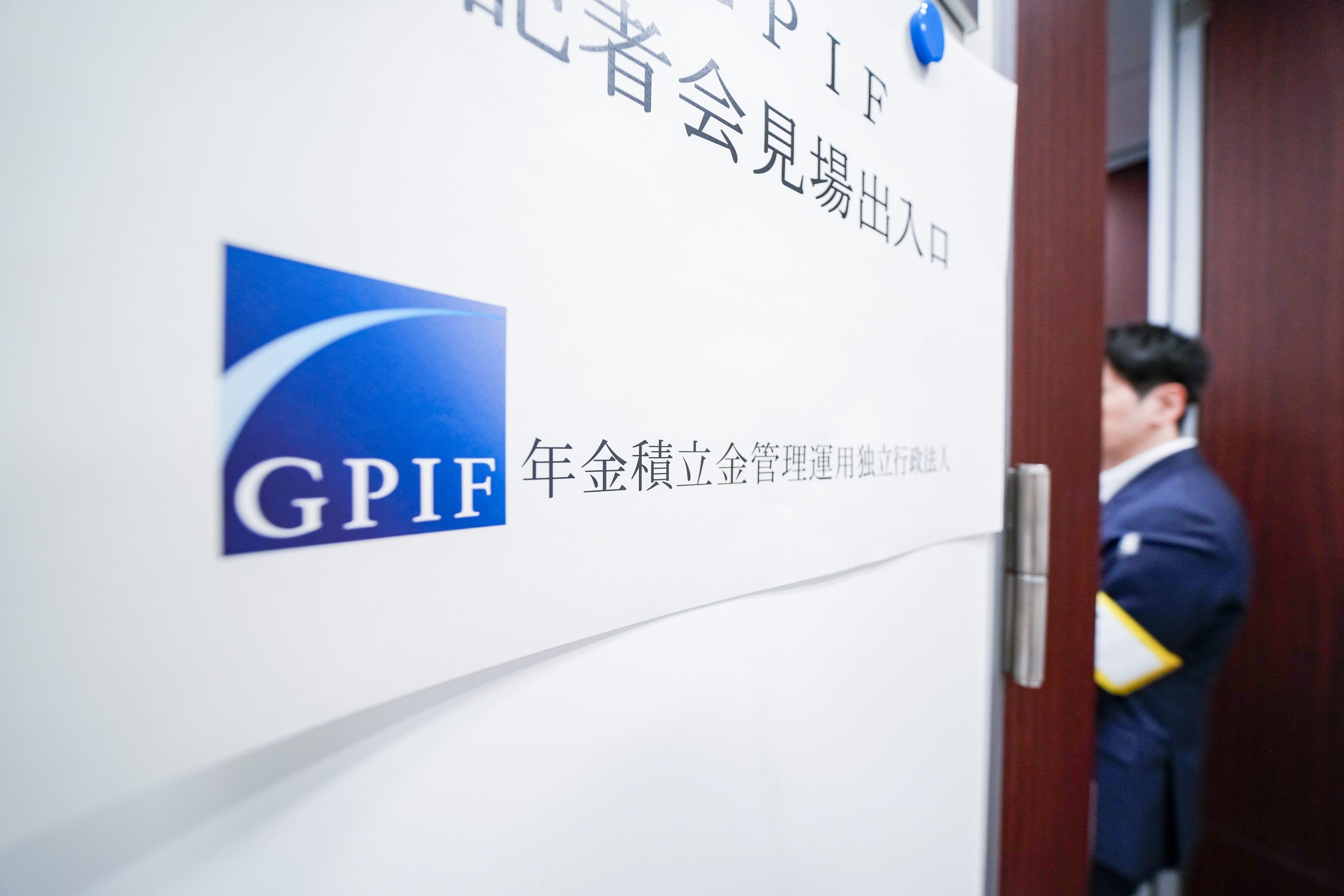Japan pension giant GPIF prioritises alternatives with lower liquidity
Japanese pension giant Government Pension Investment Fund (GPIF) has adopted a cautious approach to investing in alternatives by prioritising those with lower liquidity and using a combination of metrics to assess the performance.
The pension fund began investing in non-mainstream assets about a decade ago, maintaining the allocation at 5% of assets.
Instead of a standalone classification, alternatives are integrated into its equity and bond asset classes, both foreign and Japanese, based on the risk and return profile.
According to Naori Honda, director of the public relations division of GPIF’s planning and communication department, alternative investments can enhance returns and help stabilise public pension finances.
“As a long-term investor with limited liquidity constraints, GPIF strategically maintains alternative assets with lower liquidity in its portfolio,” Honda says.
The fund primarily uses traditional absolute return metrics such as internal rate of return and total value to paid-into when evaluating the performance of alternatives.
It has also developed a tailored metric called spread-based direct alpha for precise measurement of returns versus that of public markets. According to Honda, this is used alongside traditional metrics for new investment mandates.
She says the dual focus allows GPIF to manage and evaluate alternatives from multiple perspectives, ensuring they are aligned with the pension fund’s long-term strategic goals.
GPIF is the world’s largest pension fund, with around 260 trillion yen (US$1.76 trillion) of total assets as of June 2025.





